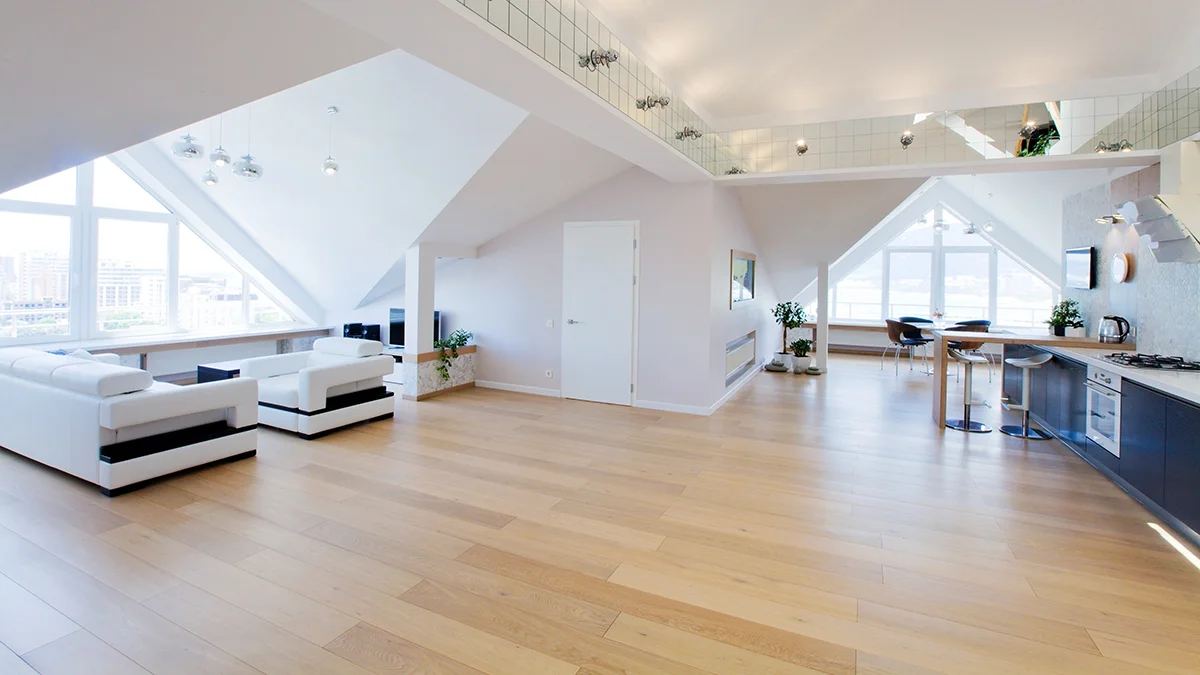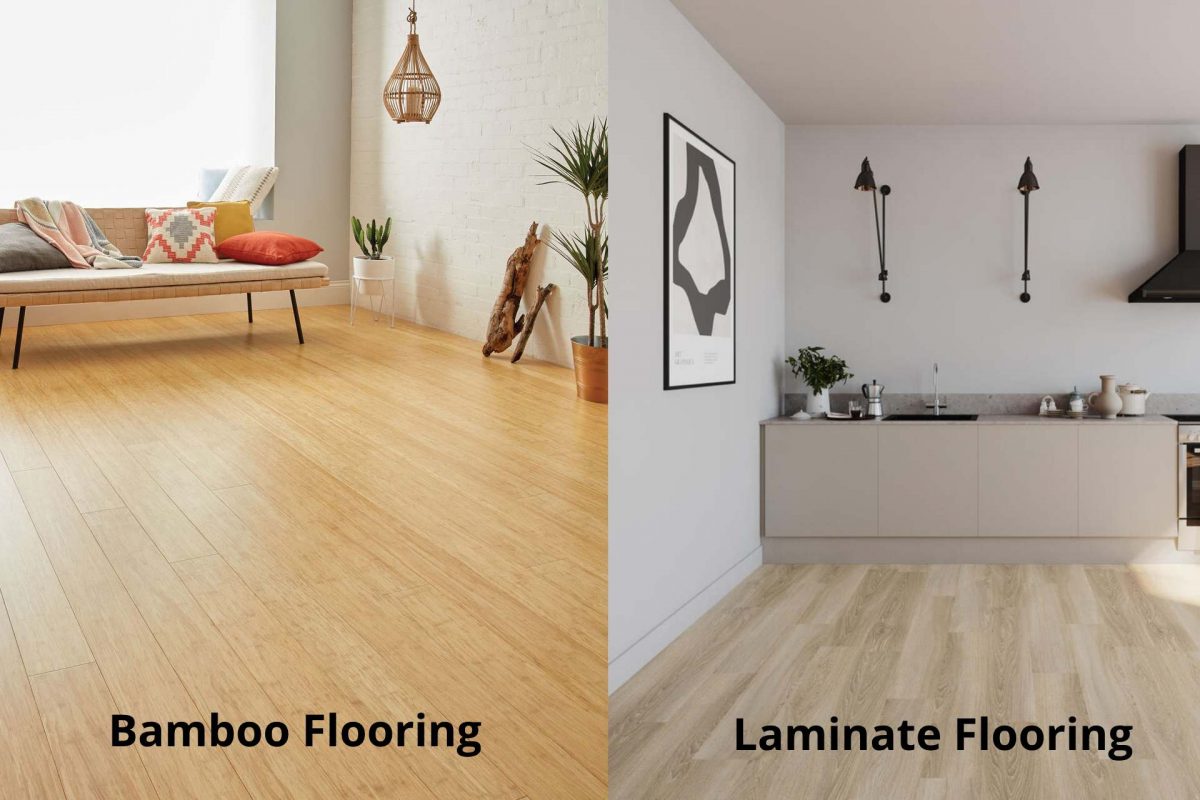In the realm of flooring options, bamboo, and laminate stand out as popular choices for homeowners and interior designers alike. Both materials offer distinct advantages and considerations, making them worthy contenders for various spaces. In this comprehensive review, we’ll delve into the features, pros, and cons of the Review of Bamboo Flooring vs. Laminate, aiming to guide you toward the most suitable option for your needs.
Understanding Bamboo Flooring:
- Origin and Composition: Bamboo flooring originates from the fast-growing bamboo plant. It’s typically manufactured by slicing mature bamboo stalks into strips, which are then processed and laminated together.
- Environmental Sustainability: Bamboo is celebrated for its eco-friendly attributes, as it’s a renewable resource that replenishes quickly compared to traditional hardwood trees.
- Durability and Strength: Bamboo flooring is renowned for its hardness and durability, making it suitable for high-traffic areas. However, the quality can vary depending on the manufacturing process.
- Aesthetic Appeal: Bamboo flooring offers a unique, natural aesthetic with various grain patterns and color options, ranging from light blondes to deeper hues resembling hardwood.
- Maintenance Requirements: Routine cleaning and maintenance are essential for preserving the beauty and longevity of bamboo flooring. However, it’s susceptible to scratches and moisture damage if not properly cared for.
Exploring Laminate Flooring:
- Construction and Materials: Laminate flooring consists of multiple layers, including a backing layer, core layer, design layer (photographic image of wood or other materials), and a protective top layer.
- Affordability: Laminate flooring is often more budget-friendly compared to bamboo and other hardwood options, making it a popular choice for cost-conscious consumers.
- Moisture Resistance: Unlike hardwood flooring, laminate is highly resistant to moisture and spills, making it suitable for areas prone to moisture, such as kitchens and bathrooms.
- Installation Versatility: Laminate flooring is known for its ease of installation, often featuring a click-lock or glueless installation system that appeals to DIY enthusiasts.
- Limitations in Authenticity: While laminate can mimic the appearance of hardwood, it may lack the authenticity and warmth of real wood, particularly in higher-end spaces.
Comparative Analysis:
- Durability and Longevity: Bamboo flooring tends to offer greater durability and longevity compared to laminate, especially in high-traffic areas where scratches and wear are common.
- Environmental Impact: Bamboo flooring holds a significant advantage in terms of environmental sustainability, as it’s derived from a rapidly renewable resource.
- Aesthetic Appeal: Both bamboo and laminate flooring come in a variety of styles and finishes, offering versatility in design preferences. However, bamboo often provides a more natural and authentic appearance.
- Maintenance Requirements: Laminate flooring requires minimal maintenance and is generally easier to clean compared to bamboo, which may require specific cleaning products and precautions to prevent damage.
Considerations for Installation and Usage:
- Subfloor Compatibility: Both bamboo and laminate flooring can be installed over various subfloor types, including concrete, plywood, and existing flooring, with proper preparation.
- Climate Considerations: Bamboo flooring may be susceptible to expansion and contraction in fluctuating humidity levels, requiring acclimatization before installation. Laminate, on the other hand, is more stable in diverse climates.
- Noise Reduction: Some laminate flooring options feature underlayment padding, which can help reduce noise transmission and provide added comfort underfoot.
Conclusion and Recommendations:
- Choosing the ideal flooring option ultimately depends on your specific needs, preferences, and budget constraints.
- If sustainability and durability are paramount, bamboo flooring may be the preferred choice, especially for eco-conscious consumers.
- For those seeking a budget-friendly, low-maintenance solution with versatile design options, laminate flooring offers a compelling alternative.
- Consulting with flooring experts and considering factors such as foot traffic, moisture levels, and aesthetic preferences can help narrow down the options and ensure a satisfactory outcome.
Conclusion
Bamboo flooring and laminate offer unique advantages and considerations for homeowners and designers. By carefully assessing factors such as durability, environmental impact, maintenance requirements, and aesthetic appeal, you can make an informed decision that enhances the beauty and functionality of your space. Whether you opt for the natural warmth of bamboo or the affordability and versatility of laminate, investing in quality flooring will undoubtedly elevate your home for years to come.




One thought on “A Comprehensive Comparison Review of Bamboo Flooring vs. Laminate: Choosing the Ideal Option for Your Space”